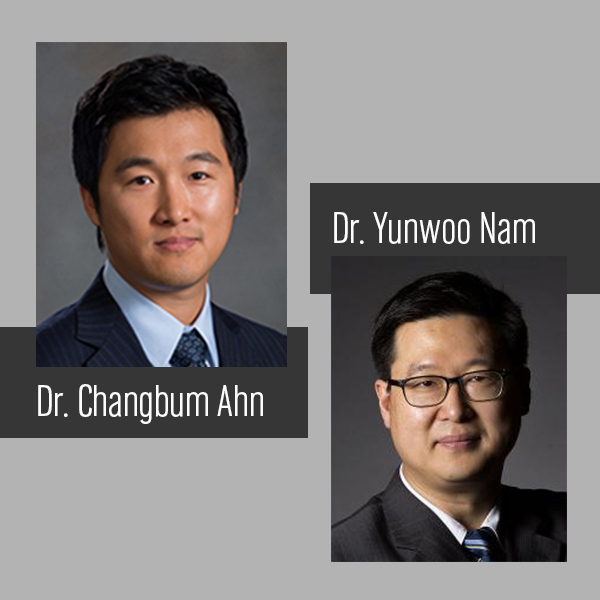Calendar Icon
Nov 07, 2016
Person Bust Icon
By April Edwards
![]() RSS
Submit a Story
RSS
Submit a Story

RELATED LINKS
Dr. Changbum Ahn, Assistant Professor in The Durham School of Architectural Engineering and Construction is working to make communities healthy and walkable. His research project titled “Human-centric Sensing Platform to Assess Neighborhood Physical Disorder” focuses on safety and walkability in the built environment – outdoors! This project, sponsored by the National Science Foundation’s (NSF) Smart and Connected Community Program, is a supplement to Dr. Ahn’s active project “Revealing Hidden Safety Hazards using Workers' Collective Bodily and Behavioral Response Patterns.” The project has been granted nearly $70,000, and will span the course of two years. Dr. Ahn is partnering with Dr. Yunwoo Nam, Associate Professor of Community and Regional Planning in the College of Architecture at The University of Nebraska-Lincoln, and with Neighborworks Lincoln, a non-profit organization whose primary goal is to bridge the gap between socioeconomic classes in neighborhoods.
The first year of the project, the research team will be examining elements in the built environment that may inhibit the physical activity of community residents. Elements that will be taken into consideration include damaged and disconnected sidewalks, poor measures for pedestrian safety (e.g. crosswalk availability), strong odors, and litter that may discourage and affect resident physical activities. The research team will investigate how such elements affect human physiological responses, such as gait patterns, heart rate, and galvanic skin response, that can be collected by wearable sensors.
Dr. Nam, who has been regularly conducting walkability assessments of Lincoln neighborhoods by traditional manual inspection, will apply his expertise by confirming defects in the neighborhood built environment and interpreting the experiment results. Neighborworks Lincoln will help the research team to identify communities that are in need of improvement and to recruit residents who will participate and share their physiological responses using the developed sensing platform.
Ultimately, the goal is to create a “human-centric sensing framework that identifies and locates neighborhoods’ built environments’ physical disorders in semi-real-time.” Using crowdsourced data of human physiological responses, the framework will discover defects in the environment, connect it to a virtual reality model and allow for higher-level assessment practices to take place.
Submit a Story